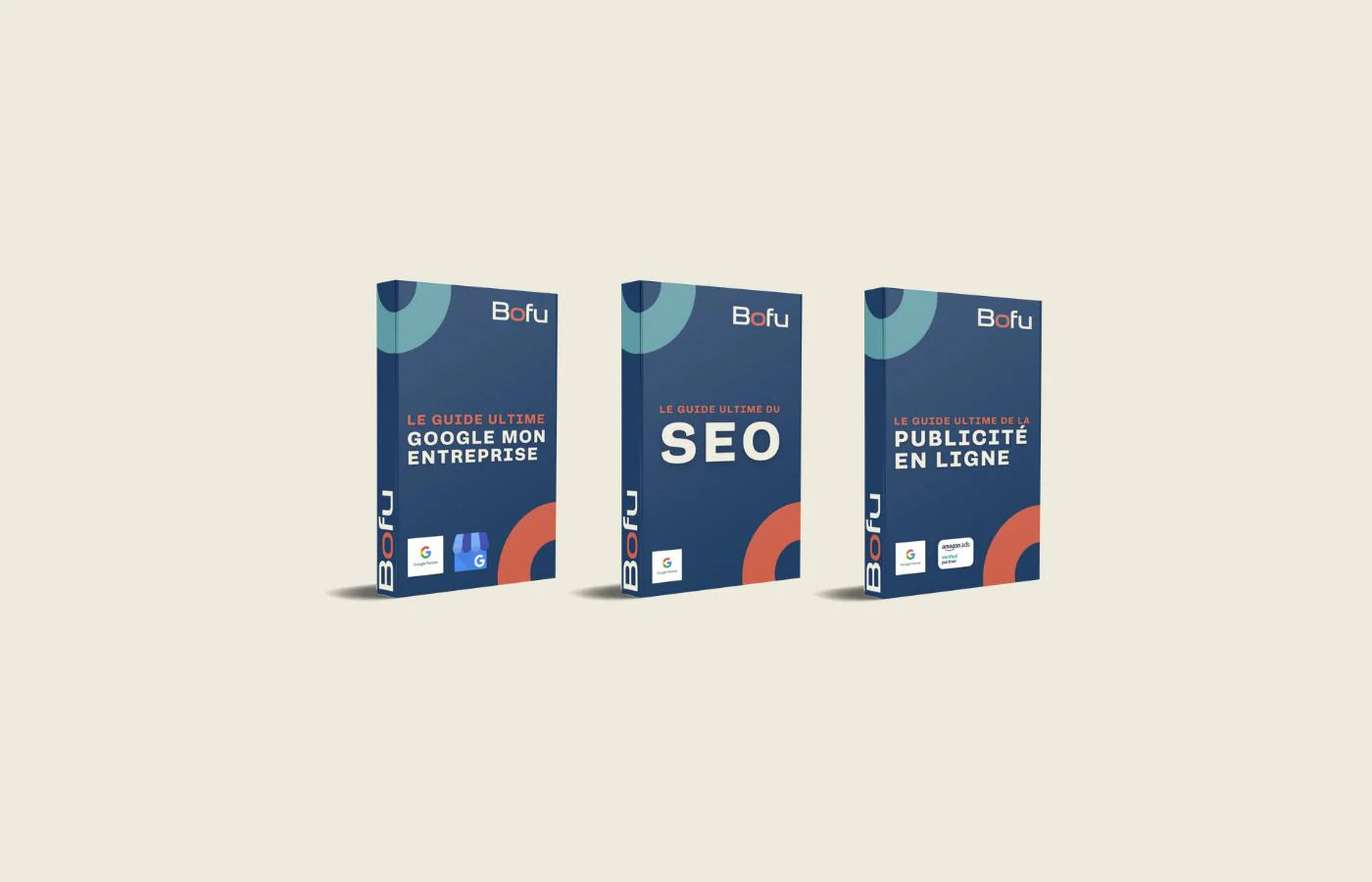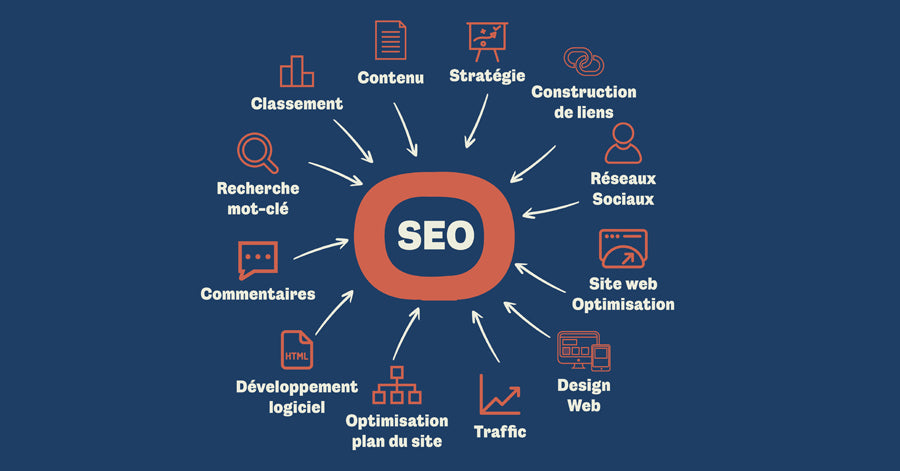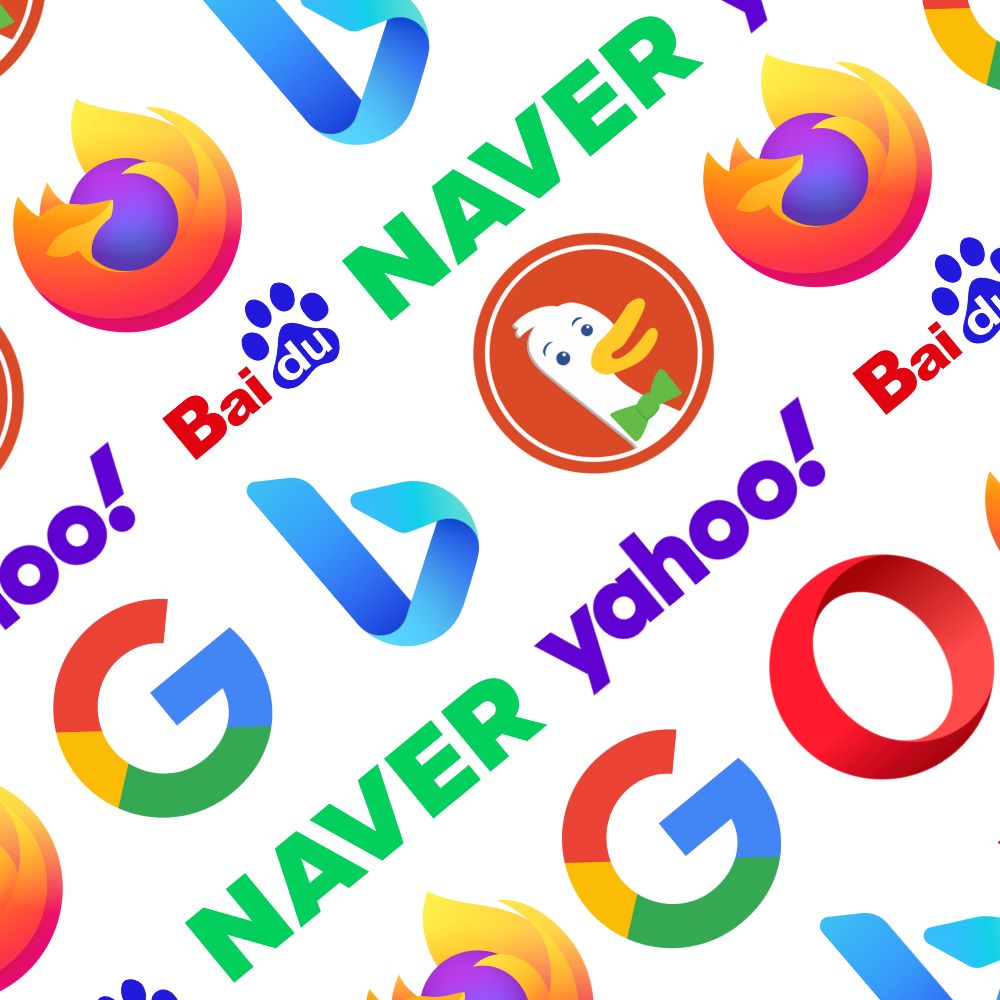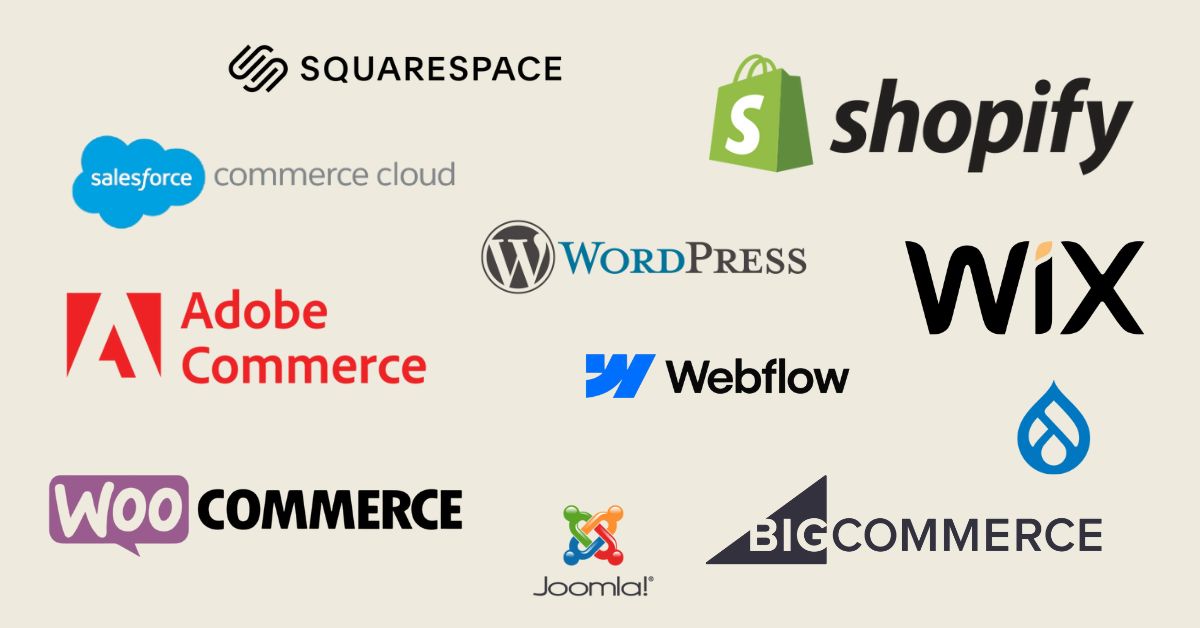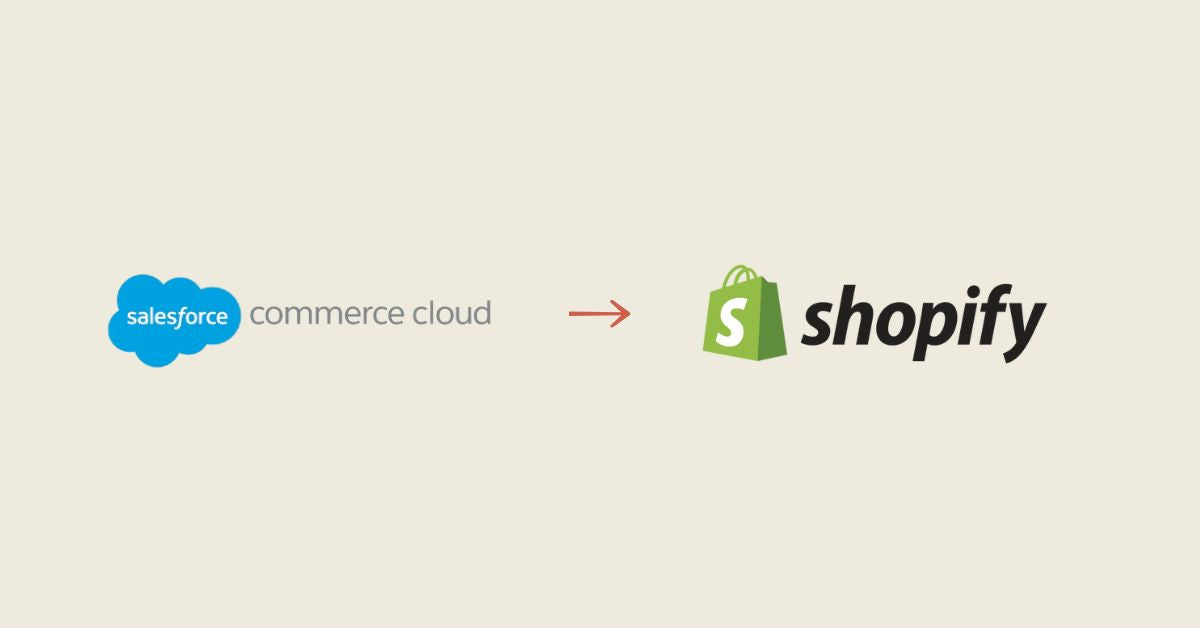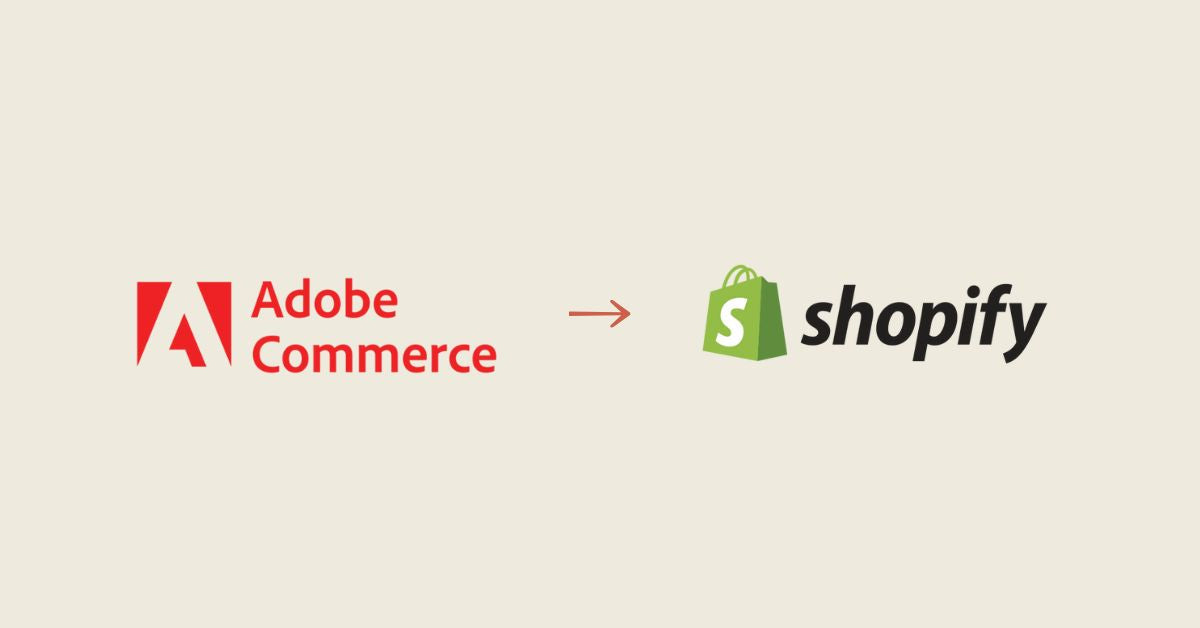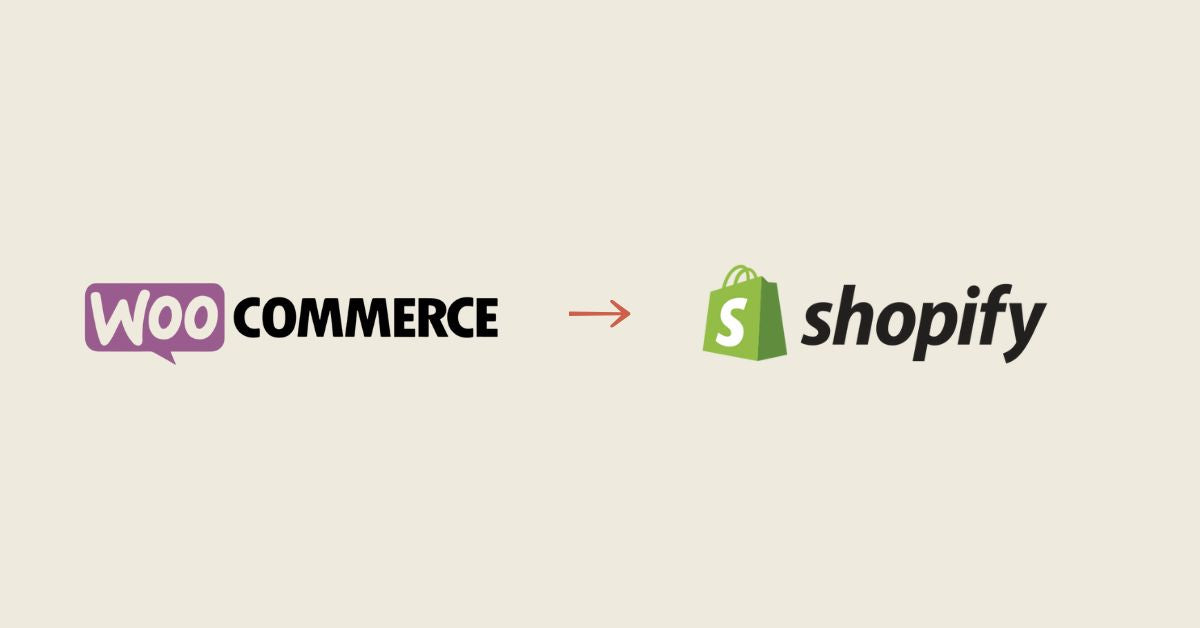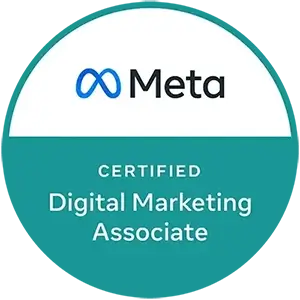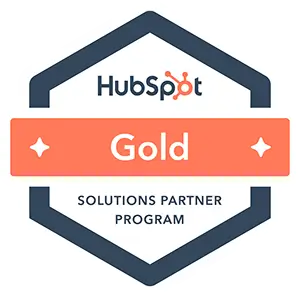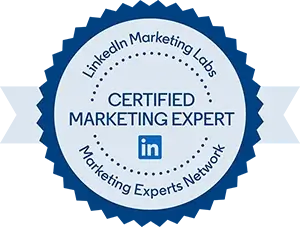Artificial intelligence is transforming search engine optimization (SEO) at breakneck speed. What worked yesterday is no longer sufficient today. Search engines are evolving, user behaviors are changing, and new platforms like ChatGPT and Google SGE are increasingly influencing business visibility.
To stay competitive online, it's essential to understand how AI impacts SEO and how to adapt your strategy accordingly. This article guides you through the major changes and presents concrete actions to address them.
What does AI really change in SEO?
Traditionally, SEO relied on keyword optimization, backlinks, site structure, and content relevance. Now, with the advent of artificial intelligence, search engines analyze the meaning and intent behind a query much more closely . They even generate complete answers instead of simple lists of links.
Concrete examples :
-
A user who types “how to fix a leaky faucet” into Google SGE gets the answer directly in an AI-generated block.
-
ChatGPT can summarize articles, recommend businesses, or provide recipes from trusted sources—which may or may not include your site.
To better understand these new behaviors:
How to position your business in ChatGPT and other AI
The 4 pillars of AI applied to SEO
AI has given rise to new SEO disciplines. Here's a simplified table to help you understand these concepts and their impacts:
|
Pillar |
Meaning |
Objective |
Example |
|---|---|---|---|
|
GEO |
Generative Engine Optimization |
Be visible in generative AI engines like Google SGE or Perplexity |
Be cited in an AI-generated response |
|
AIO |
AI Indexing Optimization |
Helping AIs understand and index your content |
Structure your text with clear tags |
|
AEO |
Answer Engine Optimization |
Be the answer selected by engines in AI snippets |
Answer questions in 2-3 clear sentences |
|
SXO |
Search Experience Optimization |
Delivering an excellent user experience |
A fast, well-structured site that is pleasant to consult |
GEO – Generative Engine Optimization
Definition : Optimize your content so that it is picked up and cited in responses generated by AI.
Unlike traditional SEO, which aims to be clicked on in the results , the goal here is to be understood, remembered, and cited by AI. This involves writing structured, credible, and highly educational content.
Example : A page that explains “How to make pancake batter” in 3 clear steps is more likely to be picked up by ChatGPT than a dense article without structure.
👉 Read the full article on GEO
AIO – AI Indexing Optimization
Definition : Helping AI robots understand the deeper meaning of your content to better index it.
AI-powered engines don't just analyze keywords. They evaluate intent, synonyms, paragraph relationships, language style, and even perceived expertise.
Best practices :
-
Use a natural and varied vocabulary
-
Clarify each section with explicit titles (H2, H3, etc.)
-
Add logical internal links, such as those between your SEO services and your blog posts
👉 Learn more with our article on AIO
AEO – Answer Engine Optimization
Definition : Format your content to answer user questions in AI snippets.
Today, much of the traffic comes from directly displayed excerpts of answers rather than clicks. Google, Bing, and others are looking for concise and precise phrases to highlight.
Practical advice :
-
Formulate your subtitles as questions (e.g., “How to improve your SEO?”)
-
Answer below the question in 2 or 3 sentences maximum
-
Include concrete elements (examples, figures, steps)
👉 Read the full article on AEO
SXO – Search Experience Optimization
Definition : Optimize the browsing and interaction experience to improve SEO.
AI also measures user behavior. If your page is slow, confusing, or poorly structured, it will lose points—even with good content.
For a good SXO :
-
Optimize loading speed (efficient hosting, compressed images)
-
Write texts that are easy to read (short sentences, airy paragraphs)
-
Ensure good UX design and intuitive navigation
-
Add clear calls to action
Read our article on SXO
What types of businesses are affected?
All of them. But the approaches differ:
|
Type of business |
What changes with AI |
|---|---|
|
Service companies |
Must clearly demonstrate their expertise. Content such as “frequently asked questions” or guides becomes key. |
|
eCommerce |
Product descriptions must be enriched, structured, and differentiated. AI favors well-written descriptions with enriched data (price, reviews, features). |
What is the difference between traditional SEO best practices and those for AI?
While the fundamentals of SEO (content quality, structure, site performance) remain relevant, AI-powered engines like Google SGE or ChatGPT don't work quite the same way as traditional Google.
Here is a simple table for comparison:
|
Appearance |
Traditional SEO |
AI-friendly SEO (GEO, AIO, AEO, SXO) |
|---|---|---|
|
Main target |
Search engine (Google, Bing) |
Engine + Generative Motor (ChatGPT, SGE) |
|
Objective |
Being clicked in the results (SERP) |
Be quoted, quoted, or summarized in an AI response |
|
Content optimization |
Exact keywords, density, tags |
Intentions, semantic context, expert tone |
|
Structure |
H1, H2, meta tags, readable URL |
+ Short paragraphs, FAQs, bulleted lists |
|
Indexing |
Crawl by classic robots |
Deep understanding via AI models (AIO) |
|
User experience |
Important for SEO but secondary |
Central in the SXO, because analyzed by AI |
|
Reputation |
Backlinks, social signals |
+ Perceived reliability, thematic authority, overall coherence |
|
Measuring Success |
Position on keywords |
+ Citation in AI responses, AI impression, indirect traffic |
In summary :
-
Traditional SEO is mainly aimed at the ranking algorithm .
-
AI-native SEO aims to feed artificial intelligence with actionable, structured, and credible content.
Good content today must appeal to both: traditional search engines AND generative search engines. This is called a hybrid SEO + AI approach, which combines on-page SEO , technical SEO , SXO and GEO .
Conclusion: A modern SEO strategy is an AI-native strategy
Optimizing for AI doesn't replace traditional SEO. It elevates it.
This is a natural evolution of the discipline, which now requires:
-
More clarity
-
More structure
-
More human relevance
At Bofu , we already integrate these principles into all our strategies — whether in technical SEO , multilingual SEO or on-page content.
